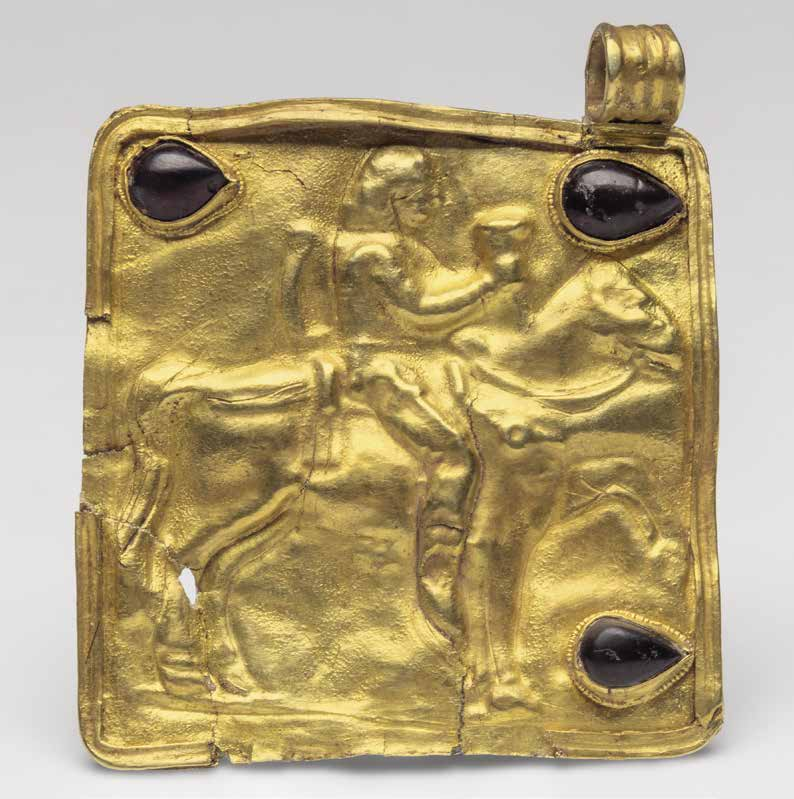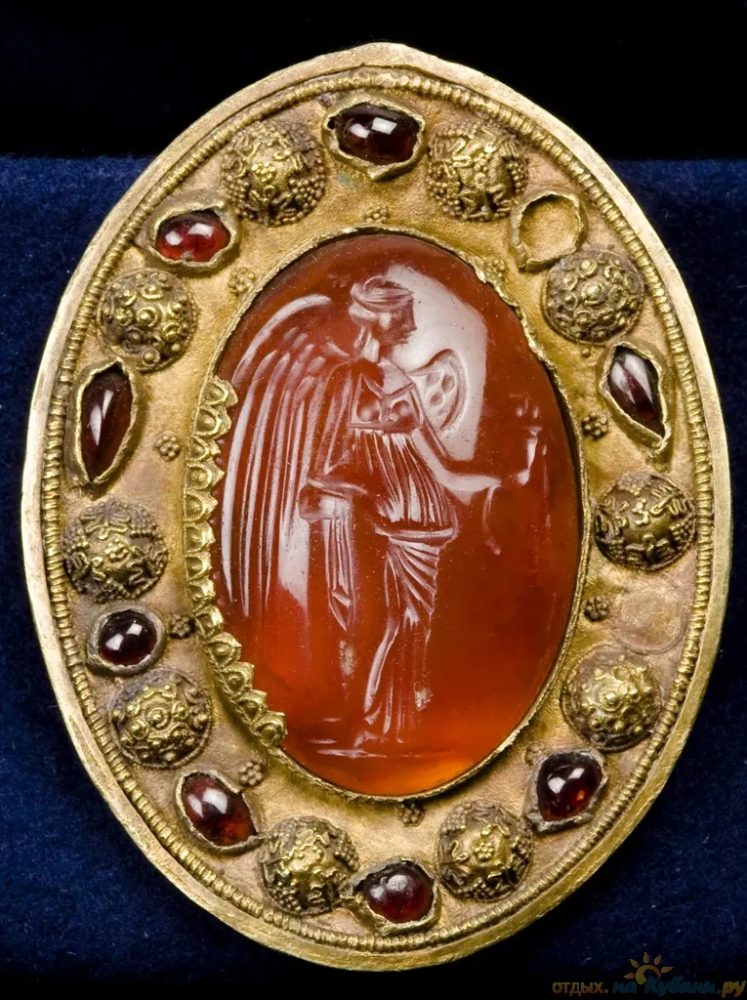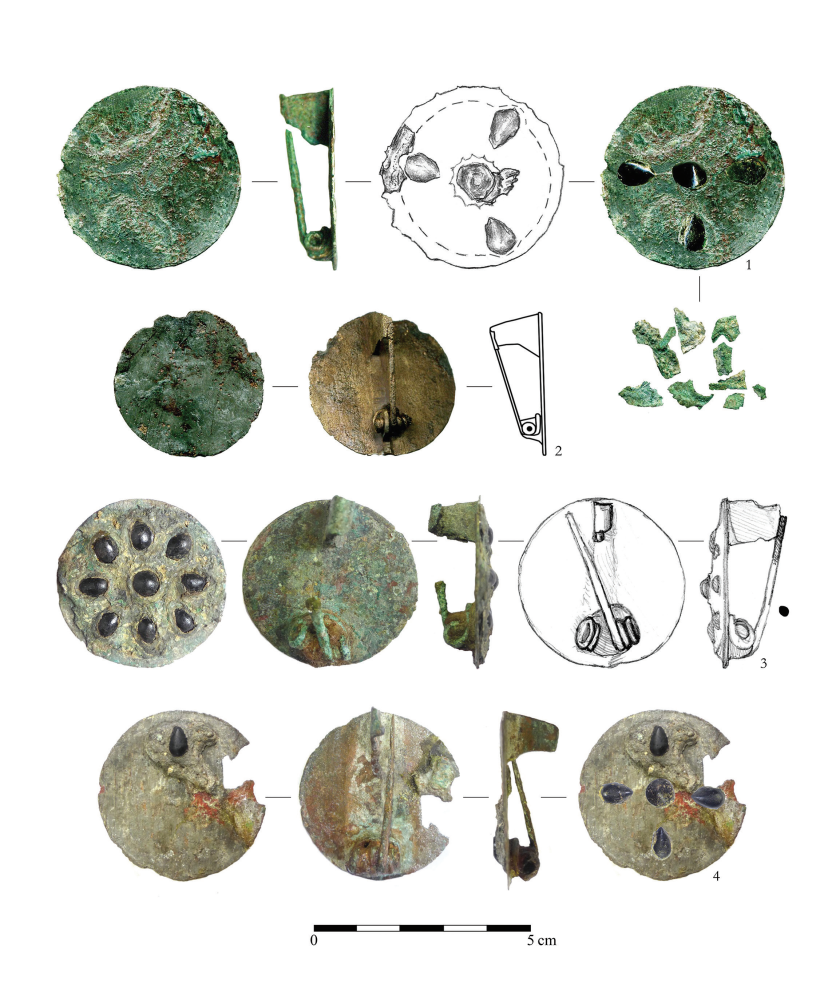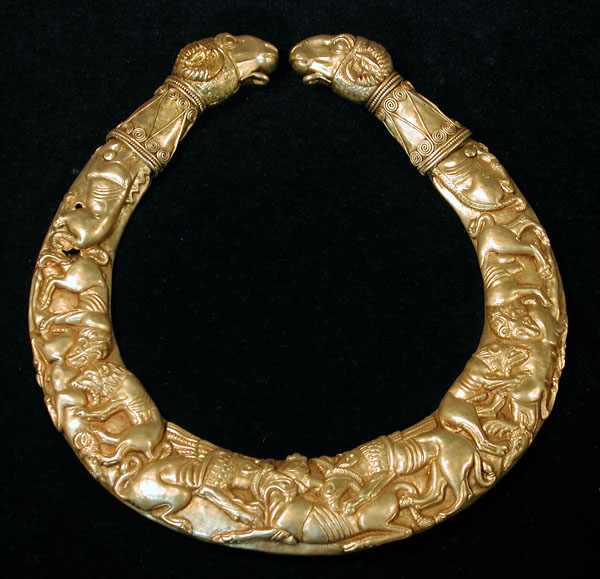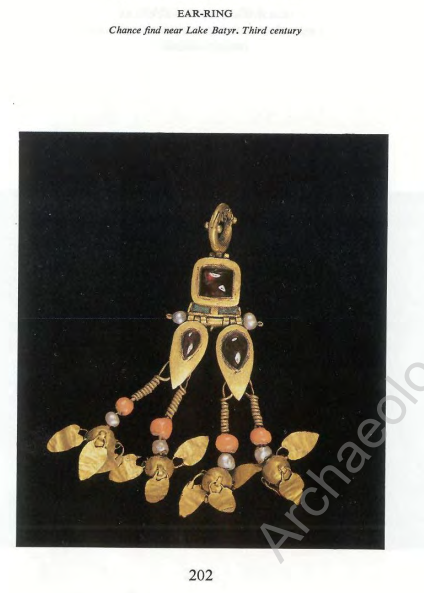Brooches in the Costume of the Sarmatian Age Population in the Crimean Piedmont and the Great Hungarian Plain, Anastasiya Stoyanova
The earliest period of settlement of the Sarmatians in the Carpathian basin dates back to the end of the 1st – the beginning of the 2nd century. The chronology of this phase is debatable.
Wide distribution of brooches among the Alföld Sarmatians [Great Hungarian Plain]
By the middle of the II century – given the relatively small number of burials of this time – brooches are becoming widespread. So, as in the earlier period, these are mainly Roman types. With the exception of a few silver specimens, most of the brooches of this time were made of bronze. As before, in the costume there is one fibula each, in rare cases – two.[…]
…in the early period, fibulae were found primarily as elements of a women’s costume, although as an exception they were also recorded in male graves.[…]
The only type of clasps that were worn almost exclusively by women (sometimes by children) were various brooches with enamel or inserts. Such brooches appear already at the turn of the 1st-2nd centuries, their influx is observed after the Marcomannic wars, and they remain in fashion throughout the 3rd century. [Great Hungarian Plain, Sarmatian burials]
LITERATURE:
- “Sarmatian Roundels and Sarmatian Art”: Metropolitan Museum Journal, v. 8 (1973) https://www.metmuseum.org
- V. Barca, The dating of the Sarmatian grave at Sânnicolau Mare – Seliște (Timis county, Romania) and the issue of the early Sarmatian entry and settlement of the Pannonian Plain https://www.researchgate.net
- M. Treister, Gala Phalerae from the Cache in the Sarmatian Burial Mound No. 1/1985 near the Settlement of Dachi (the Vicinities of Azov) https://www.academia.edu
- The Use of Brooches by the Barbarian Populations in the Crimean Sub-Mountainous Area and in Alfold in the Roman Period’, Anastasiya Stoyanova https://www.academia.edu
- Иштванович Э., Кульчар В., Стоянова А. Фибулы в костюме населения сарматского времени предгорного Крыма и Альфёльда / Brooches in the Costume of the Sarmatian Age Population in the Crimean Piedmont and the Great Hungarian Plain, Anastasiya Stoyanova https://www.academia.edu
- Phalerae of horse harnesses in votive depositions of the 2nd-1st century BC in the North Pontic region and the sarmatian paradigm. Mordvintseva, Valentina https://antikmuseet.au.dk/fileadmin/www.antikmuseet.au.dk/Pontosfiler/BSS_8/BSS8_03_mordvintseva.pdf
Gold pendants of a horse bridle, Tanais, 3rd century [scent bottle 21, 22]
Brooch from the Peschanyj Barrow, Sarmatian, 1st century BCE [d/b]
Sarmatian round brooches of the 2nd-3rd century of the Great Hungarian Plain
Ornaments of a bridle, 1st century, Dachi burial ground, Rostov region [d/b]
Jewelry from a rich Sarmatian burial, village Mikhailovka, Odessa region, Ukraine
Sarmatian era pelta-shaped pendants, Hungary and Moldova [d/b]
Applique of a sword, Chatalka necropolis [Bulgaria], 1st-2nd century [d/b]

